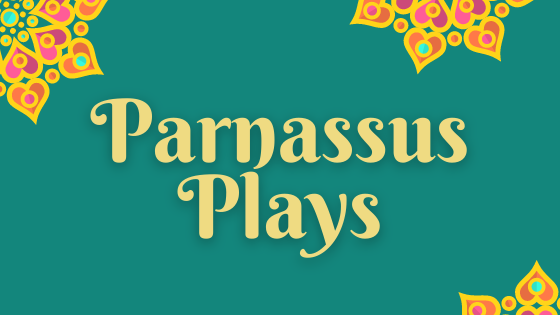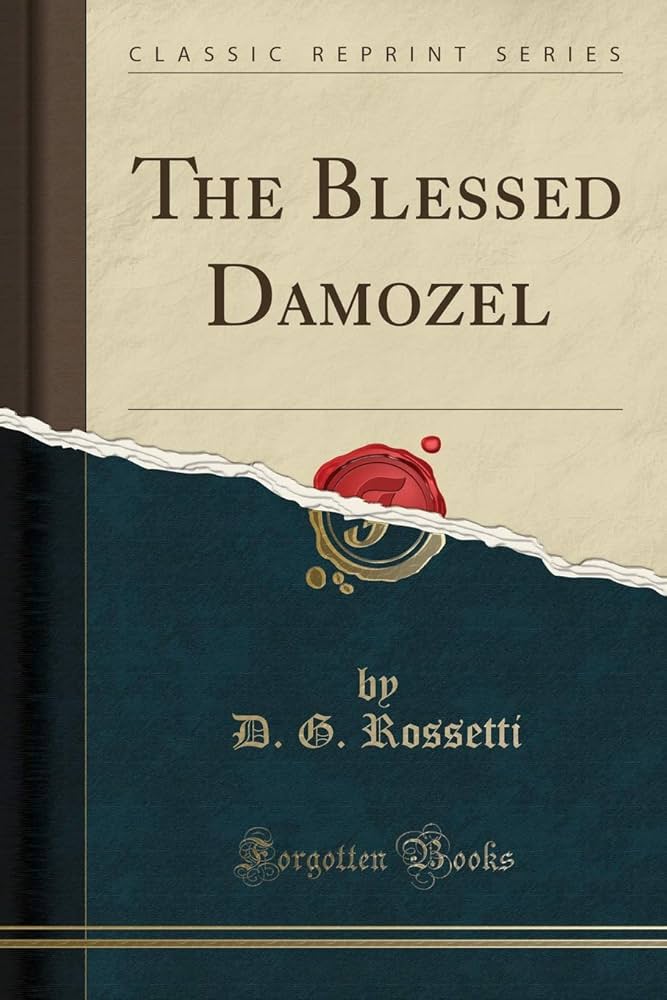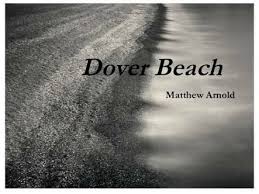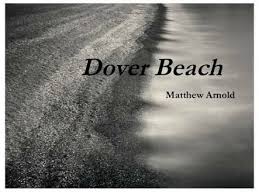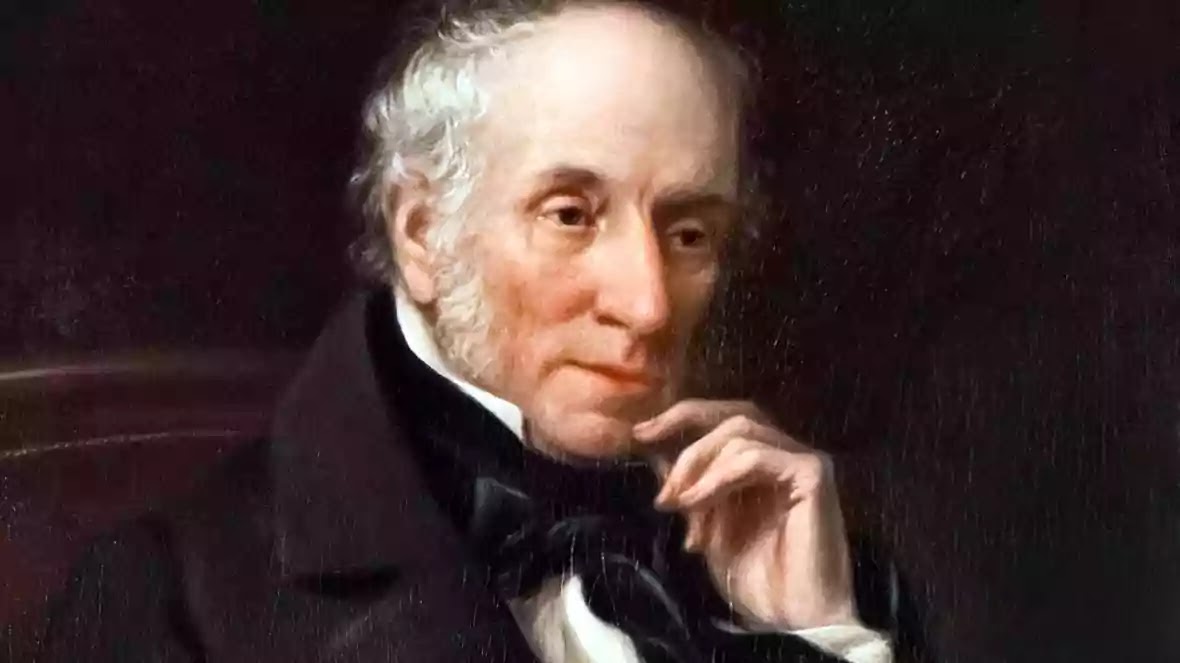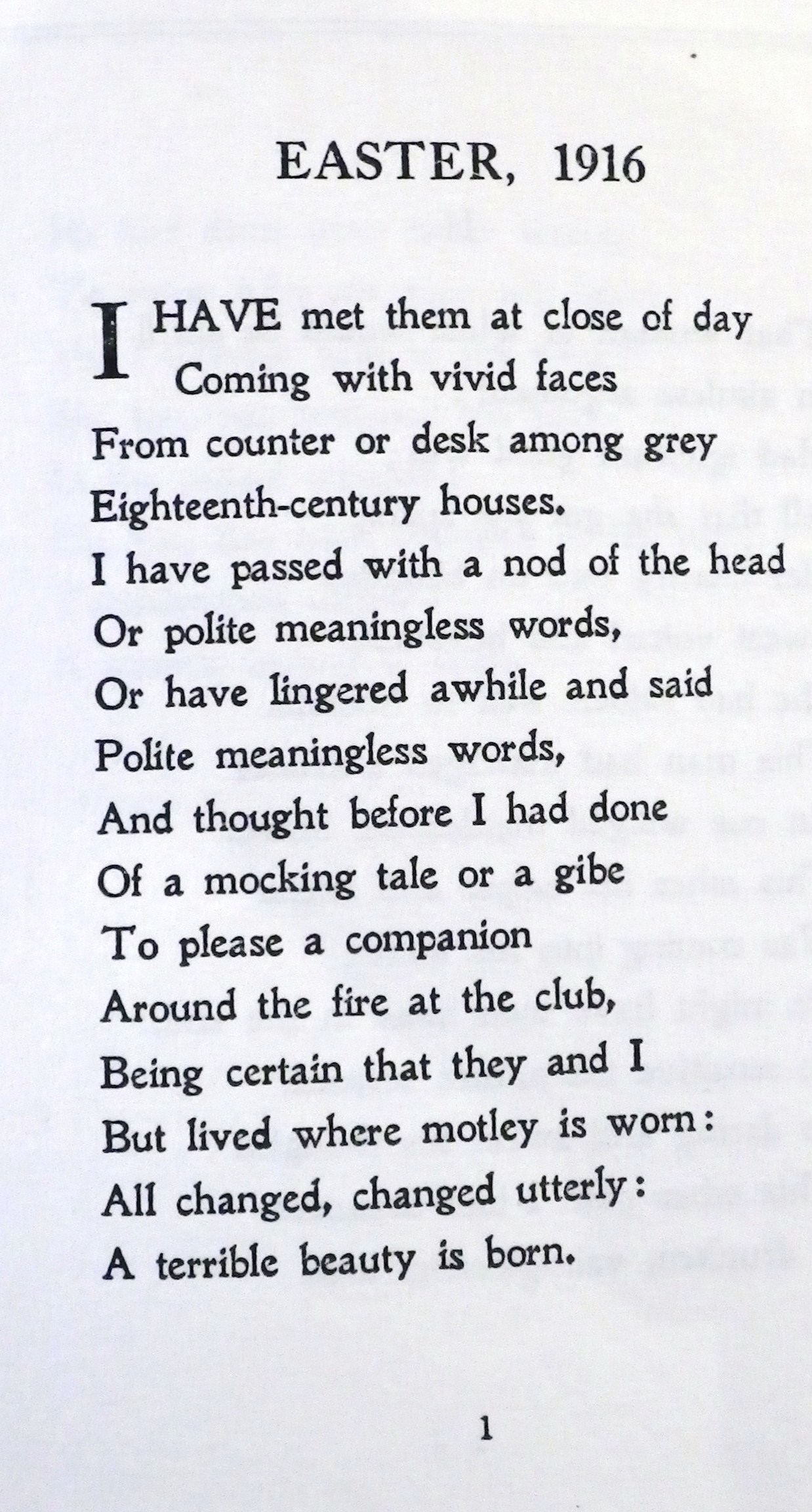Parnassus Plays is the name given to a group of three satiric comedies produced between 1598 and 1602 by students of St John’s College, Cambridge. It consists of The Pilgrimage to Parnassus, The Return from Parnassus, and The Return from Parnassus Or the Scourage of Simony. The second and third plays are sometimes referred to as Part One and Part…
